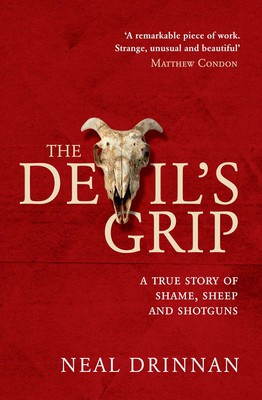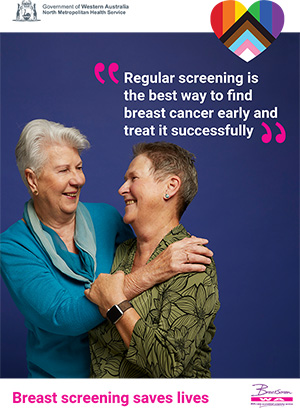 The Devil’s Grip
The Devil’s Grip
by Neal Drinnan
Simon & Schuster
The Devil’s Grip is an expression used to describe a genetic defect in sheep. It is an anatomical depression of the spine near the head and the small indentation is considered to be a flaw on the show circuit. Sometimes it goes unnoticed and can be disguised by clever grooming, but if discovered, the prize-winning line will come to an end.
This is the haunting title of Neal Drinnan’s real life investigation into the 1992 shooting of three generations of the Wettenhall family, which ended the revered Victorian sheep-breeding dynasty in the otherwise quiet Barrabool Hills in Victoria. Twenty seven years later, Drinnan reveals the events that lead to that tragic event and goes beyond the sensational news articles of the time to unearth secrets and shame that lead to the apparently motiveless murders.
No one could have anticipated the orgy of violence that wiped out three generations at the Stanbury Stud Farm, or the scandals that emerged after the murders about Darcy Wettenhall. Instrumental to the revelations that Drinnan writes about is Bob Perry, who was Darcy’s secret lover for the ten years before the triple murders.
The origins of the tale show how intertwined the families were, with Darcy living Janet Wettenhall and her husband Rupert who was Darcy’s father’s cousin. Rupert died after mentoring Darcy for five years, leaving Darcy and Janet to run the Stanbury. Darcy needed and heir and charmed Jan Mc Donald into producing young Guy before they parted company. It was Janet, Darcy and Guy who lost their lives when farm help Wayne Walton opened fire.
Perry, who knew Darcy since childhood, lived on a neighbouring farm which Darcy eventually bought. Bob who worked as a banker in town lived on Stanbury and, despite the seven year age difference, hooked up with Darcy. He moved to a second house on the farm and worked there during the weekends. He reveals the complexities of homosexual desire and the burden of shame it entails. As Bob says, “Country towns have a way of sweeping things under the carpet, whitewashing them, or blowing them to smithereens.”
As a sheep farmer with his partner Peter Fairman, Drinnan is ideally placed to probe the more squeamish things that need to be investigated because as he says, “whatever hides under the rock is always more lively that the stone itself”. Although the tragedy is from another time and place, the sense of shame and the power it has over people in isolated communities still lingers and this expose is a powerful reminder.
Drinnan, who lives in Colac which is two hours and thirty years away from Melbourne, realizes that homosexuality is not a thing of the past. He feels the biggest impediment to absolute homosexual acceptance in regional Australia is often people’s unresolved shame and many people are still leading double lives because the fear of discovery is very real.
Lezly Herbert





